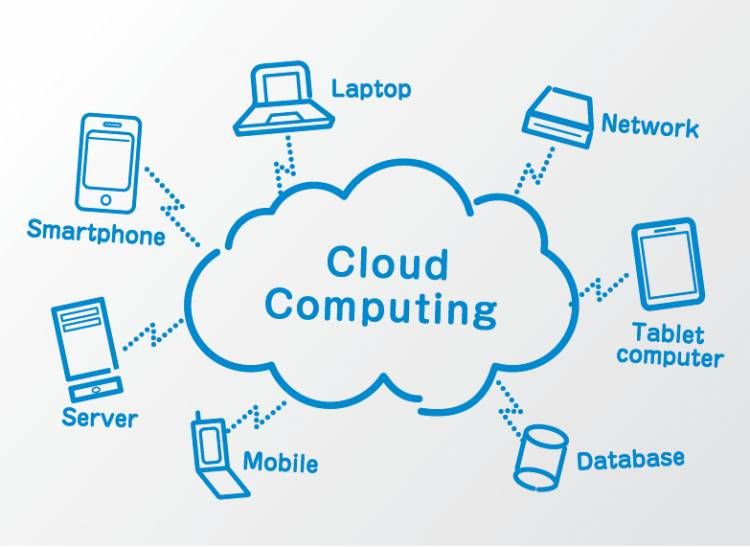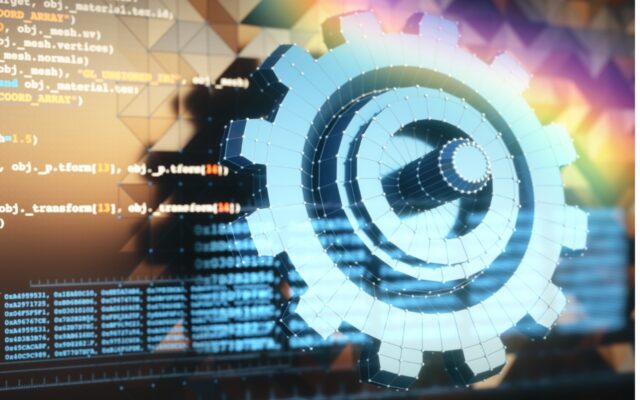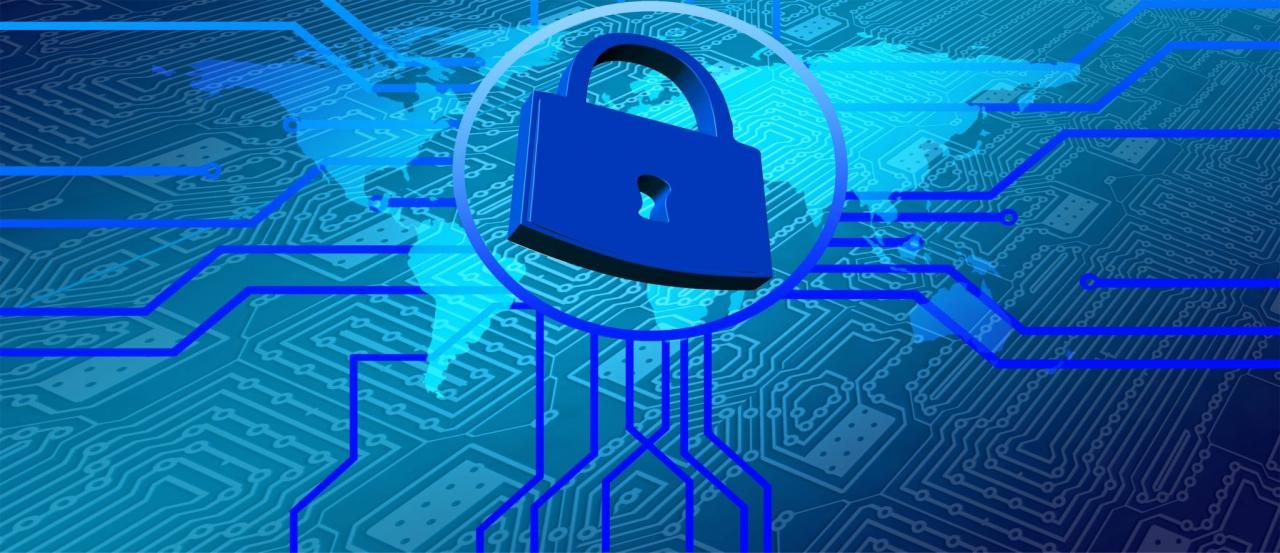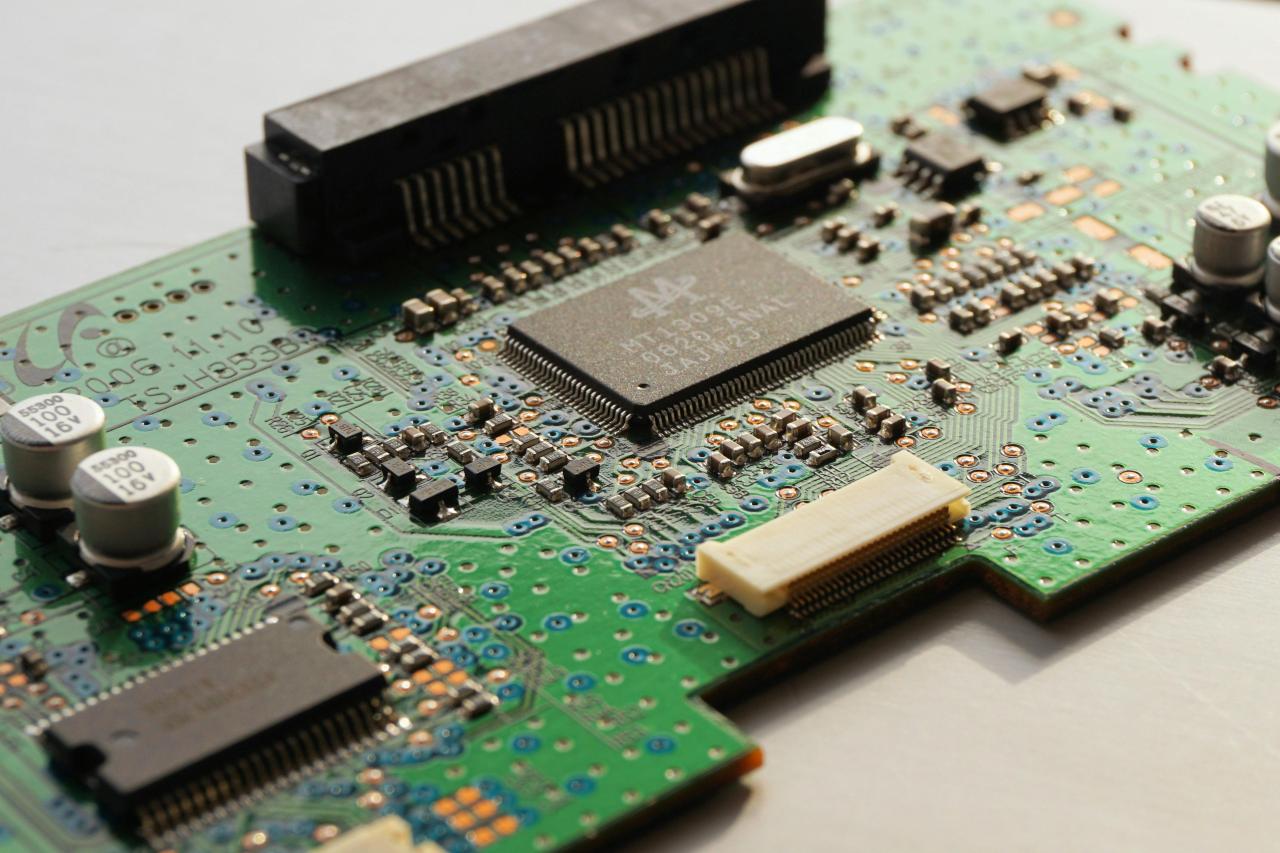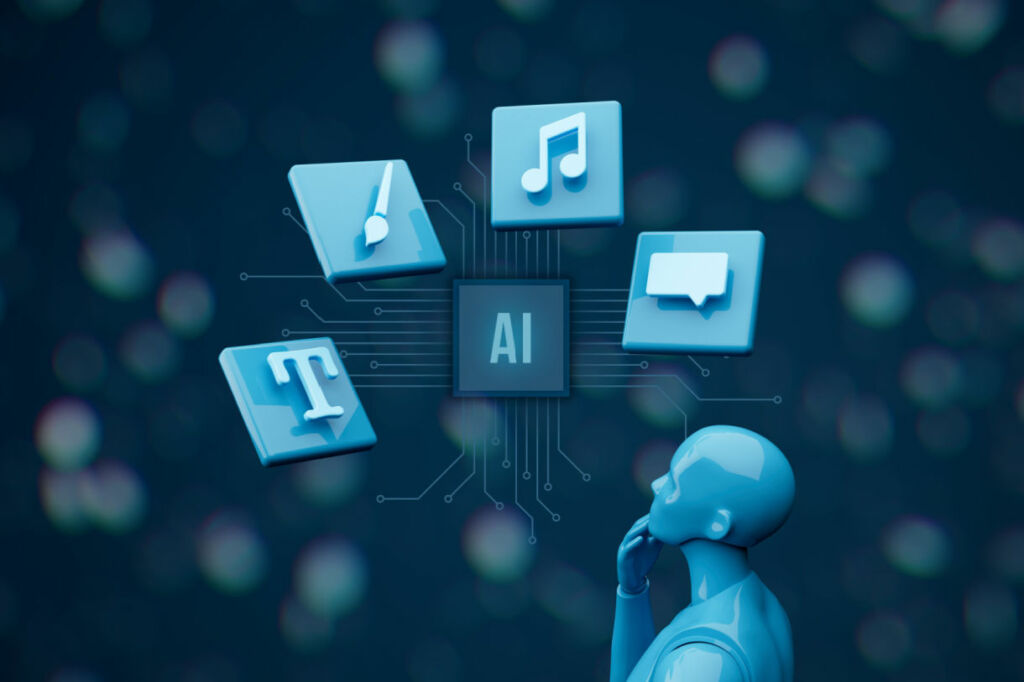In the rapidly evolving digital landscape, data reigns supreme. From intricate smart city networks to the myriad of IoT devices permeating our daily lives, the sheer volume of information being generated is staggering. Traditionally, this data would travel vast distances to centralized cloud computing centers for processing, analysis, and storage. While the cloud offers immense power and scalability, this centralized model presents inherent challenges: latency, bandwidth limitations, and security concerns. Enter edge computing, a transformative paradigm poised to redefine how we interact with and leverage data.
At its core, edge computing brings computational power and data storage closer to the source of data generation – the “edge” of the network. Instead of transmitting all raw data to a distant server, processing occurs locally, often in real-time. This fundamental shift addresses the inefficiencies of traditional cloud architectures, unlocking new possibilities across a multitude of industries. This article delves deep into the intricacies of edge computing, exploring its principles, benefits, applications, challenges, and future trajectory.
The conceptual roots of edge computing can be traced back to the need for faster response times and reduced network congestion. As the number of connected devices exploded, particularly with the proliferation of the Internet of Things (IoT), the limitations of solely relying on distant cloud data centers became apparent. Imagine an autonomous vehicle needing to make instantaneous decisions based on real-time sensor data; even milliseconds of delay could have critical consequences. Similarly, in a smart factory, immediate analysis of machine performance data is crucial for preventing costly downtime. These scenarios highlight the imperative for localized processing, paving the way for edge computing’s emergence.
Edge computing isn’t a replacement for cloud computing; rather, it’s a complementary technology that enhances and extends the cloud’s capabilities. The cloud remains vital for big data analytics, long-term storage, and complex AI model training. Edge devices, on the other hand, are designed for quick, localized processing, filtering, and aggregation of data before it’s sent to the cloud, if at all. This synergistic relationship creates a powerful distributed computing architecture, optimizing resource utilization and improving overall system performance.
Core Principles and Architecture
The architecture of edge computing is inherently distributed, comprising various components working in concert to facilitate local data processing. Understanding these components is crucial to grasping how edge computing functions effectively.
A. Edge Devices
These are the frontline components, directly interacting with the physical world and generating data. Examples include:
- IoT Sensors: Temperature sensors, pressure sensors, accelerometers, etc.
- Smart Cameras: For video surveillance, traffic monitoring, or facial recognition.
- Wearable Devices: Smartwatches, fitness trackers, and health monitors.
- Industrial Control Systems: PLCs (Programmable Logic Controllers) in manufacturing.
- Autonomous Vehicles: Cars, drones, and robots equipped with numerous sensors.
- Smart Home Appliances: Refrigerators, thermostats, and lighting systems.
B. Edge Gateways
Acting as an intermediary, an edge gateway collects data from multiple edge devices, performs initial processing, and often acts as a communication hub. These gateways typically possess more processing power than individual edge devices and can handle tasks like data aggregation, protocol translation, and basic analytics. They serve as the bridge between the local edge network and the broader cloud or enterprise network.
C. Edge Servers / Micro Data Centers
For more intensive local processing, edge servers or micro data centers are deployed. These are smaller-scale versions of traditional data centers, located closer to the edge devices. They can handle complex computations, run AI inference models, and store larger volumes of data locally. Examples include small server racks in a factory, a roadside cabinet for smart city applications, or a server room within a retail store.
D. Cloud Integration
While edge computing emphasizes local processing, seamless integration with the cloud remains vital. The cloud provides:
- Centralized Data Storage: For long-term archiving and historical analysis.
- Advanced Analytics: Running complex machine learning models on aggregated data.
- Global Management: Managing and monitoring distributed edge devices and applications.
- Software Updates: Distributing software and firmware updates to edge devices.
- Model Training: Training AI/ML models in the cloud using vast datasets, then deploying these trained models to the edge for inference.
E. Network Connectivity
Robust and reliable network connectivity is paramount. This can involve various technologies depending on the specific application and location:
- 5G/4G Cellular Networks: Providing high-speed, low-latency communication, especially for mobile edge applications.
- Wi-Fi: Common for local area networks in homes, offices, and industrial settings.
- Ethernet: For wired connections within buildings or data centers.
- Low-Power Wide-Area Networks (LPWANs): Such as LoRaWAN or NB-IoT, suitable for low-bandwidth IoT devices.
The interplay of these components creates a dynamic and adaptable computing environment, where data processing is optimized for efficiency and responsiveness.
Key Benefits of Edge Computing
The advantages offered by edge computing are multifaceted and profound, impacting various aspects of digital operations.
A. Reduced Latency
This is arguably the most significant benefit. By processing data closer to its source, the time it takes for data to travel to a centralized server and back is drastically reduced. This is critical for applications requiring real-time responsiveness, such as autonomous systems, industrial control, and augmented reality.
B. Minimized Bandwidth Consumption
Transmitting raw, unprocessed data from thousands or millions of edge devices to the cloud can overwhelm network bandwidth. Edge computing allows for data filtering, aggregation, and pre-processing locally, sending only essential or summarized data to the cloud. This significantly reduces bandwidth usage and associated costs.
C. Enhanced Data Security and Privacy
Processing sensitive data at the edge can mitigate risks associated with transmitting it over long distances to the cloud. Fewer data transfers mean fewer points of vulnerability. Additionally, certain regulations (e.g., GDPR) may mandate that specific types of data are processed and stored locally, making edge computing an ideal solution for compliance.
D. Improved Reliability and Resilience
Edge devices can continue to operate and process data even if connectivity to the centralized cloud is interrupted or degraded. This local autonomy ensures continuous operation for critical applications, making systems more robust and resilient to network outages.
E. Scalability and Flexibility
Edge computing allows for modular expansion. New edge devices or micro data centers can be deployed as needed, without necessarily overburdening the centralized cloud infrastructure. This provides greater flexibility in scaling operations.
F. Cost Efficiency
While initial setup costs for edge infrastructure exist, the long-term savings in bandwidth, reduced cloud data transfer fees, and avoidance of downtime can lead to significant cost efficiencies.
G. Innovation and New Applications
The real-time processing capabilities of edge computing unlock entirely new classes of applications that were previously impossible due to latency constraints. This includes advanced AI at the edge, real-time analytics for operational efficiency, and highly responsive interactive experiences.
Transformative Applications Across Industries
Edge computing is not a theoretical concept; it is actively being deployed and revolutionizing operations across diverse sectors.
A. Manufacturing and Industrial IoT (IIoT)
- Predictive Maintenance: Sensors on factory machinery process data locally to detect anomalies and predict equipment failures before they occur, minimizing downtime and maintenance costs.
- Quality Control: Real-time analysis of production lines using computer vision at the edge to identify defects immediately.
- Autonomous Robotics: Edge processing enables robots to navigate, interact with their environment, and make decisions instantly on the factory floor.
- Energy Management: Optimizing energy consumption in industrial facilities by analyzing real-time data from various sensors.
B. Smart Cities
- Traffic Management: Real-time analysis of traffic flow from roadside cameras and sensors to dynamically adjust traffic lights and reduce congestion.
- Public Safety: Edge-based video analytics for anomaly detection, crowd monitoring, and enhanced security responses.
- Waste Management: Smart bins with sensors that alert when full, optimizing collection routes.
- Environmental Monitoring: Analyzing air quality, noise levels, and water quality data at the source for immediate insights.
C. Healthcare
- Remote Patient Monitoring: Wearable devices and in-home sensors process patient vital signs locally, sending only critical alerts to healthcare providers, ensuring privacy and reducing bandwidth.
- Assisted Surgery: Low-latency processing for real-time imaging and robotic assistance in operating rooms.
- Hospital Operations: Optimizing resource allocation, tracking equipment, and managing patient flow within hospitals.
D. Retail
- Personalized Customer Experiences: Analyzing in-store behavior and preferences in real-time to offer targeted promotions or assistance.
- Inventory Management: Real-time tracking of stock levels and movement within stores.
- Loss Prevention: Using edge AI to detect shoplifting or unauthorized access.
- Smart Shelves: Monitoring product availability and customer interactions at the shelf level.
E. Autonomous Vehicles
- Instant Decision Making: Processing vast amounts of sensor data (Lidar, Radar, Cameras) locally for navigation, obstacle detection, and collision avoidance in milliseconds. This is a prime example where latency is non-negotiable.
- V2X Communication: Vehicle-to-everything communication, where vehicles communicate directly with each other (V2V), infrastructure (V2I), or pedestrians (V2P) in real-time.
F. Telecommunications
- 5G Network Optimization: Edge computing is fundamental to 5G, enabling ultra-low latency applications like network slicing and mobile edge computing (MEC).
- Network Performance Monitoring: Analyzing network traffic closer to the source to identify bottlenecks and optimize performance.
Challenges and Considerations
While the benefits of edge computing are compelling, its implementation is not without challenges. Addressing these considerations is crucial for successful deployment.
A. Security at the Edge
Distributing computing power across numerous edge locations inherently expands the attack surface. Securing countless edge devices, gateways, and servers, often in physically exposed environments, presents a significant challenge. Robust authentication, encryption, and intrusion detection mechanisms are paramount.
B. Device Management and Orchestration
Managing, monitoring, updating, and patching potentially thousands or millions of distributed edge devices is complex. Tools and platforms for centralized management, remote configuration, and automated deployment are essential.
C. Interoperability and Standardization
The vast array of edge devices, protocols, and software platforms can lead to interoperability issues. The lack of universal standards can hinder seamless integration and data exchange across different vendors and systems.
D. Power and Environmental Constraints
Edge devices and micro data centers often operate in environments with limited power supply, fluctuating temperatures, or dusty conditions. Designing hardware that is energy-efficient, robust, and resilient to harsh environments is critical.
E. Data Governance and Compliance
Determining which data is processed locally, which is sent to the cloud, and how long it is stored at each location raises complex data governance questions, especially concerning privacy regulations.
F. Edge AI Model Management
Deploying, updating, and optimizing AI models on resource-constrained edge devices requires specialized tools and strategies. Ensuring that models perform accurately and efficiently at the edge is vital.
G. Cost of Infrastructure
While long-term operational savings are possible, the initial investment in edge hardware, software, and deployment can be substantial, especially for large-scale implementations.
The Future Trajectory of Edge Computing
Edge computing is not merely a passing trend; it is a fundamental shift in how we approach distributed computing. Its future is intertwined with several key technological advancements and trends.
A. Pervasive AI at the Edge
The ability to perform AI inference directly on edge devices will become increasingly sophisticated. This enables real-time decision-making, personalized experiences, and highly responsive automated systems without relying on constant cloud connectivity. We’ll see more specialized AI chips designed for edge environments.
B. Deeper Integration with 5G and Beyond
5G’s ultra-low latency and high bandwidth capabilities are perfect complements to edge computing. As 5G networks become more ubiquitous, they will accelerate the adoption of mobile edge computing (MEC), bringing applications even closer to mobile users and devices. Future iterations of wireless technology will further solidify this synergy.
C. Serverless Edge Functions
The serverless computing model, where developers focus solely on code without managing servers, will extend to the edge. This will simplify application deployment and management on edge infrastructure, making it easier for developers to build edge-native applications.
D. Rise of Autonomous Systems
From self-driving cars and delivery drones to smart robots in logistics and manufacturing, autonomous systems heavily rely on edge computing for instantaneous data processing and decision-making. The advancements in edge computing will directly fuel the proliferation and sophistication of these systems.
E. Industry-Specific Edge Solutions
As industries gain experience with edge computing, we will see the emergence of highly specialized edge solutions tailored to the unique requirements and regulations of specific sectors, such as healthcare, finance, or agriculture.
F. Enhanced Security at the Edge
Innovation in edge security will be paramount. This includes hardware-based security features, advanced encryption techniques, anomaly detection at the device level, and more robust identity and access management for edge environments.
G. Edge-Cloud Continuum
The distinction between edge and cloud will become increasingly blurred, forming a seamless “edge-cloud continuum.” Workloads will dynamically shift between the edge and the cloud based on real-time needs, data sensitivity, and available resources, optimizing performance and cost. This flexible architecture will be orchestrated by sophisticated management platforms.
Edge computing represents a pivotal step in the evolution of computing, moving from a centralized model to a highly distributed, intelligent network. Its ability to provide real-time insights, conserve bandwidth, and enhance security positions it as a cornerstone technology for the next generation of digital innovation. As industries continue to grapple with exponential data growth and the demand for instantaneous responsiveness, edge computing will undoubtedly play an increasingly critical role in shaping our connected future.

